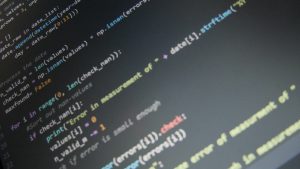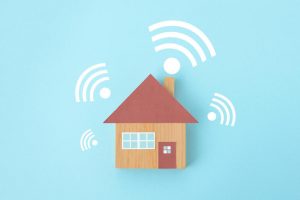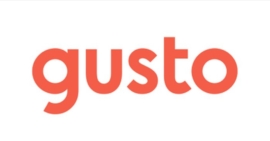MIT professor makes the case for certifying a person’s immune health status via a protected digital identity.
As policymakers and business leaders grapple with how to restart the economy after the deadly COVID-19 pandemic, MIT Professor Alex Pentland is advocating for the use of digital tools that certify a person’s health status to create “safe” environments for workers and customers—while also protecting people’s personal privacy.
There has been widespread debate over bringing employees back to work using contract tracing technology and in a new white paper (PDF), Pentland makes the case for certification, which is being used in other countries to indicate that a person has recovered or has the antibodies or eventually, is vaccinated, and can help restart the economy.
Public health officials say that collecting personal data may be the only way to track the virus to understand who is healthy and able to return to work and who is most at risk. But privacy advocates have voiced concerns about how that data will be used and by whom, as well as how and where it’s stored.
“In previous pandemics like tuberculosis, governments and various agencies put out a certification that you were immune—you had it and recovered,” after a person was tested, Pentland said. “Previous generations needed to have this certification to work in the food industry. Today, you need to have all sorts of shots to work with kids or go to various countries. There’s something similar that needs to happen here.”
SEE: “Reopen” domain name owners include a gun activist, a Good Samaritan, and potential spammers (TechRepublic)
This certification could reside on a person’s cell phone, similar to the use of a QR code to buy a product from their device, he said.
To protect personal privacy, Pentland proposes that hospitals, credit unions, banks, and other civic institutions serve as repositories for people’s health data, much as they already do for their financial and other personal information. This would form the basis of a person’s “digital identity,” and would determine their ability to work and perform other activities, he said.
“Digital tools are an important part of the solution to create a safe workforce that will help reopen the country, but patient privacy shouldn’t be sacrificed as a result,” said Pentland, who is also the director of MIT Connection Science. “More sophisticated methods of computing that preserve health data privacy and data ownership are needed.”
Pentland is working with the United Nations and the Club de Madrid, a consortium of former democratic presidents and prime ministers, on this issue.
“A safe workforce could be cleared to go back to work in front-of-house, public-facing jobs, which would allow companies, governments, and hospitals to hire workers who are safer—both for the customers but also for themselves,” Pentland said. “These people could staff customer-facing services, while more at-risk workers could perform back-room functions with less human contact.”
Countries like Taiwan, Korea, and Singapore have certified a group of safe workers to restart their economies, Pentland said. These nations “relied on ‘big brother’ use of personal data, and authoritarian enforcement of quarantine and isolation,” he wrote. But in democratic countries, this approach is seen as a threat to civil liberties after the emergency has passed.
A key point is keeping personal data in local institutions that already have a “need to know” or are under direct citizen control and avoiding the creation of national or state-wide registries since these are tempting targets for misuse, he said.
This health certification, which could be “easily integrated into the digital identity infrastructure that is already used for authenticating payments,” could also help decide what sort of businesses are safe to reopen, and make contact tracing more efficient, without jeopardizing personal privacy, Pentland said.
This could be accomplished by the use of either tech methods, such as Secure Multiparty Computation, which is already deployed for some types of updates on mobile phones, or the creation of simple “risk maps” aggregated from anonymized data and appropriately sanitized using differential privacy methods, such as the ones used by the US Census Bureau, Pentland wrote.
“With this kind of digital identity, people can certify their health status to merchants and employers in the same way their credit card or identity is verified,” Pentland said. “They can also see which places are safe to go—for instance, places that are uncrowded or recently cleaned, and where customer-facing employees are infection-free, all without compromising their personal privacy.”
Financial incentives could help kick-start the process, Pentland said. The government, for instance, could offer tax breaks to companies that employ safe employees. Businesses could offer increased pay to motivate safe workers to take public-facing jobs. They could also certify that they hire only safe employees in public-facing positions, which would inspire customer confidence, Pentland said.
“Getting people back to work safely is imperative,” he said. “Certifying immunity in a way that preserves personal privacy is the first step toward helping people stay safe and healthy, reducing hospital costs, and restarting our economy.”
Also see

Image: Sompong Rattanakunchon / Getty Images
Source of Article




